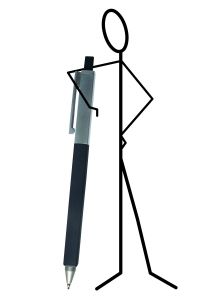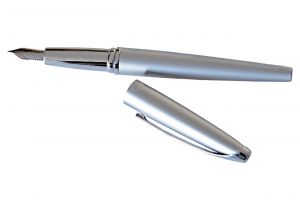How to Write Correct Sentences
Basic English Grammar Help
If you are unsure where to put full stops you need some basic English grammar help. You should always keep in mind that writing is about communication. Keeping your written work clear and simple will make it easier for the reader to understand.

Where do full stops go?
You need to understand what a complete sentence is in order to know where to put the full stops. For any sentence to be grammatically correct it must have, two things, a subject and a verb.
What is a subject, and what is a verb?
The subject is the person or thing you are writing about. It can be:
- You
- Me
- Him
- Her
- John
- Sarah
Etc.
It can also be things like:
- A house
- A tree
- A guitar
Therefore the subject of a sentence can be almost anything.
What is a verb?
The verb is what the subject is doing.
For example:
John is driving.
This is an example of a very short sentence. It is grammatically correct because it includes both john (the subject) and driving (the verb).
Therefore a verb is something you do. It could be:
- Walking
- Running
- Sitting
- Cutting
- Talking
Etc.
Basically any word you can add ‘ing’ to the end of.

Click here for useful dyslexia stuff on ebay.
Verbs of being:
Existing and just being alive is something we are all constantly doing. Therefore it is a verb.
For example:
I am Brendan.
This is a grammatically correct sentence because it has both the ‘I’ (the subject) and ‘am’ (the verb). The sentence is simply saying that I exist as a person called Brendan. I’ve been doing it all my life and will continue to do it till the day I die. That is why it is called a verb of being.
Other examples include:
- You are mad.
- She is tall.
- The wall is thick.
Therefore whenever a person or thing exists in time and space it is doing something, it is existing.
The point is, you must make sure a sentence always has, both, a subject and a verb before you give it a full stop.
A good way to think about it is, if a sentence you have written seems too long try breaking it into two pieces. If both parts have a subject and verb you’ve got two sentences.
Conclusion:
I Hope you found this basic English grammar help useful. You should now have a clearer idea of how to break your writing down into sentences, and understand where to put full stops.
Return from Basic English Grammar Help to Home Page.